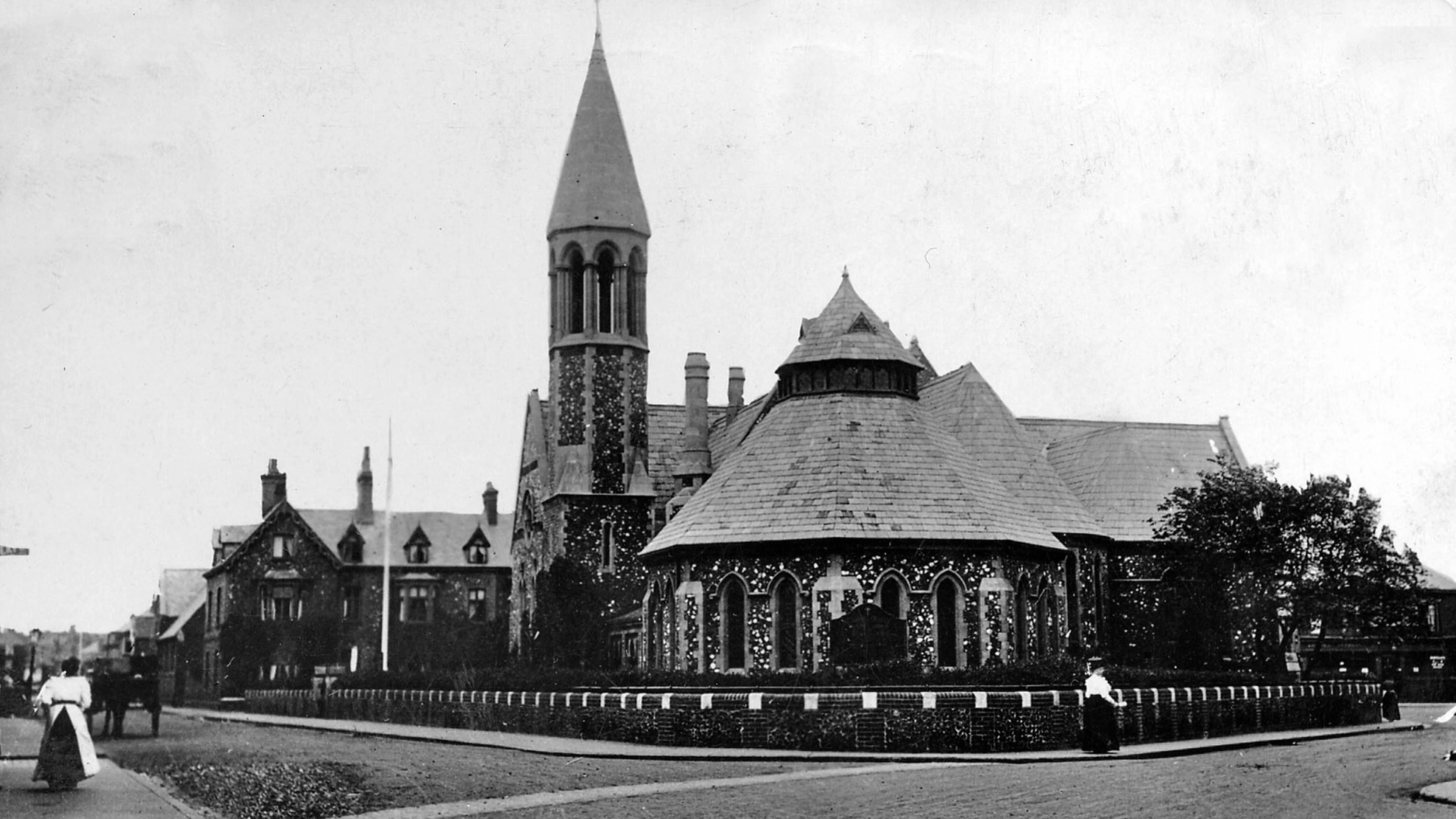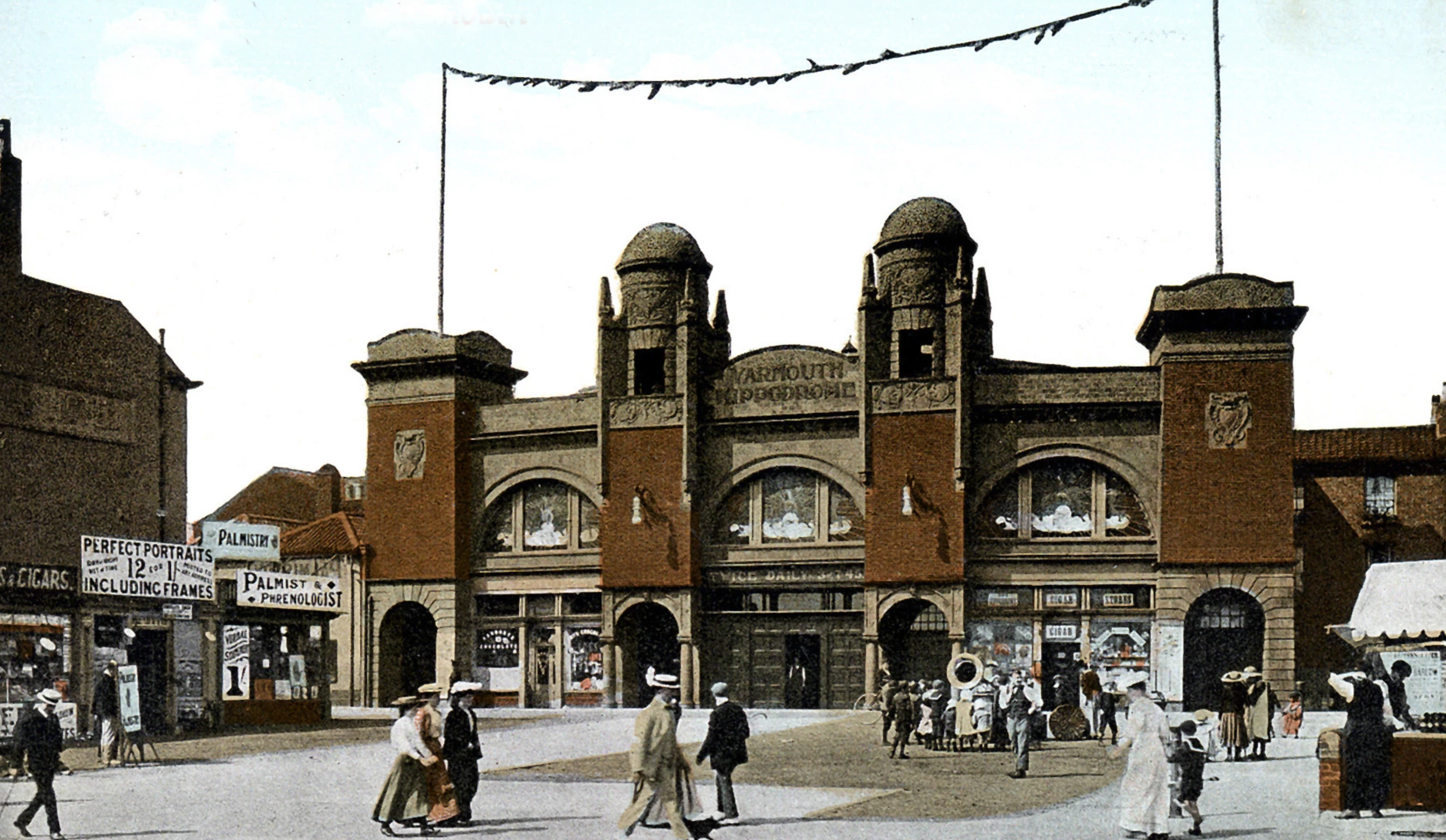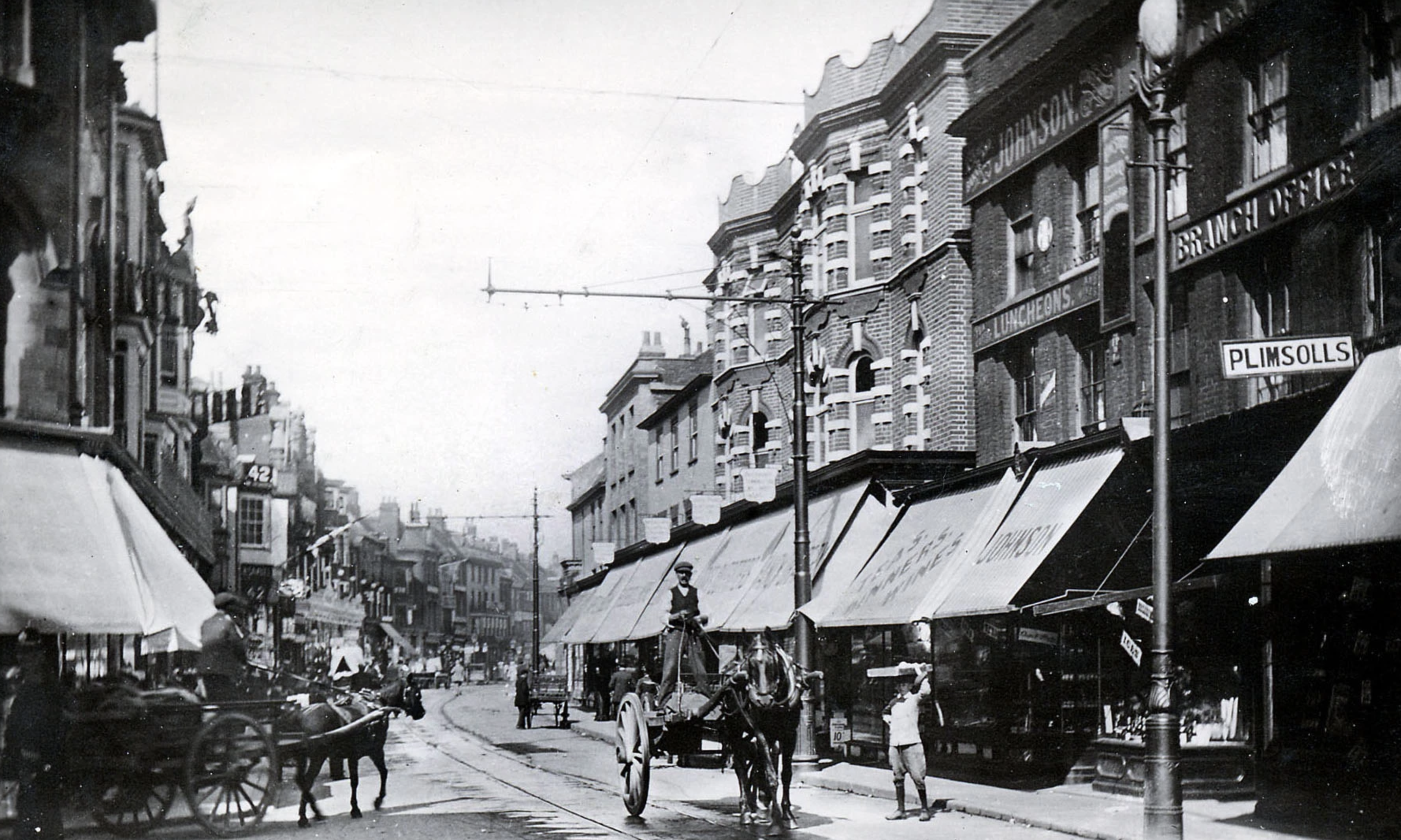Sharman, James

James Sharman was a native of Great Yarmouth and entered the Royal Navy in 1799. He was a victim of a press-gang, while he was waiting at table in the Wrestlers’ Inn in Great Yarmouth. He was taken to HMS Weazle under the command of Captain Durban. After four years’ service he was wrecked off Cabritta Point near Gibraltar in March 1804. His ship was driven ashore in a gale. One crewman was killed.
He then joined the crew of HMS Victory under the command of Captain Thomas Hardy. Subsequently, he was present at the Battle of Trafalgar, and it is said, that he helped to carry the dying Horatio Nelson down to the cockpit. After Trafalgar he was posted successively to HMS Ocean, HMS Mildred and HMS Prince Frederick. He was discharged from the last posting because of illness and was admitted to Greenwich Hospital for Seamen. He was not happy at the hospital and, on the warm recommendation of Captain Hardy, he was appointed the Keeper of the Norfolk Pillar (Nelson Monument) in Great Yarmouth. He was the keeper for nearly 50 years, although later his duties were purely nominal, due to the infirmities of age. Two weeks before his death, James Sharman weakened and his health gradually deteriorated, and he died at the age of 92 years. He was believed to be the last survivor of HMS Victory’s Trafalgar crew. James Sharman was entitled to a Royal Naval funeral and funds were available to finance it. Due to an oversight, he was borne to his grave in the Old Cemetery in Great Yarmouth, only accompanied by members of his family, without the navy being present. His gravestone, which includes the words, HMS Victory, is now badly laminating and soon will become illegible.
James Sharman never tired of recounting the exploits of his hero, Nelson, and telling yarns of his own adventures. Consequently, James Sharman was sought after by visitors to Great Yarmouth.
Charles Dickens had many talks with James Sharman. It is believed that Ham Peggotty in Charles Dickens’ David Copperfield, was based on James Sharman. In the book, Ham is described as dashing into the surf to save a struggling seaman from a shipwreck during a gale. The real story as described by the local newspaper was: on the 25th November 1829, the brig, Hammond, on a voyage from Newcastle to London during a tremendous tempest, both of wind and wave, parted her only anchor chain and was swept onto the shore south of the Norfolk Monument. She was stranded about 300 yards from the shore near the harbour entrance. All attempts to reach the vessel from the shore having failed, and the day fast closing in, the sight, it may be readily believed, was distressing enough, but the lingering light of heaven displayed one yet more appalling scene. Amid the rage of the elements the wreck split into two with a mast falling either side of it throwing the crew into the surging tide. About seven o’clock in the evening a man brought a report into the Fort, a public house, that he had heard groans upon the wreck. Upon this news, James Sharman the Keeper of the Monument, went down to the shore and attaching a rope to his waist he ventured through the surf to where the wreck had drifted. The surf carried him three times off his legs and on the fourth time threw him onto his back onto the wreck. The sea all this time was mountains high and the night as dark as pitch. After a search, Sharman found a man clinging to a hook on the vessel. The man informed Sharman that minutes before three men had been swept away. Sharman took off the rope from his waist and tied it around the waist of the man. Sharman took the man in his arms and plunged into the swelling surf and shouted to a man on the beach to pull them in and thus he was spared the fate of his six shipmates.
Sharman’s General Service Medal with a Trafalgar bar was sold at auction in 2012 for £27,000.
Note: another plaque to James Sharman (erected by the Nelson Society) is situated on the former Wrestlers' Inn in Brewery Plain.



